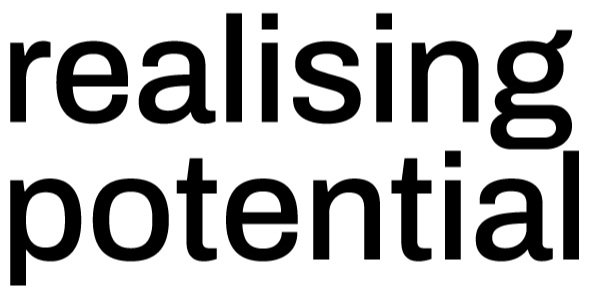Why we need Cybernetic leadership
Written by Jackie 'O’Dowd
Rapid technology advances, typical organisational dynamics, and the ever-increasing complexity of business means we have to continually embrace new methods and thinking to guide and shape the future of our organisations to provide effective leadership.
Enter Cybernetics. Cybernetics is not new in fact it has been around since 1948, shaped by the thinking and intelligence of some incredibly qualified and forward-thinking problem solvers such as Norbert Weiner, W. Ross Ashby, Alan Turing, Stafford Beer, and evolved by others. I first came across Cybernetics when I completed a Master of Leadership and Management degree many years ago. Having a technology and management background I was intrigued by the level of thinking and approach put into the Cybernetic convergence of natural (human and animal) and artificial intelligence (calculate and compute).
The convergence of human and artificial intelligence is something we are all now having to factor into our organisations as tools such as ChatGPT, Co-Pilot and other automation tools are rolled out. The introduction of these types of tools means we require a leadership rethink and redesign as the world of work, and how we lead and manage is changing. Given the foundation of Cybernetics I believe it is an effective frame for leaders to adapt and use.
Using a Cybernetic approach means seeing our organisations as living adaptive systems, with goals, structures, processes, capabilities, technologies, and vested interests. It requires new ways of thinking, leading and understanding how things really work.
Basics such as communication, language used, and ways of working become integral for leading, managing and adapting how people and evolving technologies will interact and deliver value.
Who said leadership was easy? It may look it, but it’s not, and it’s only going to get harder. Enter Cybernetic leadership and time for a rethink.

